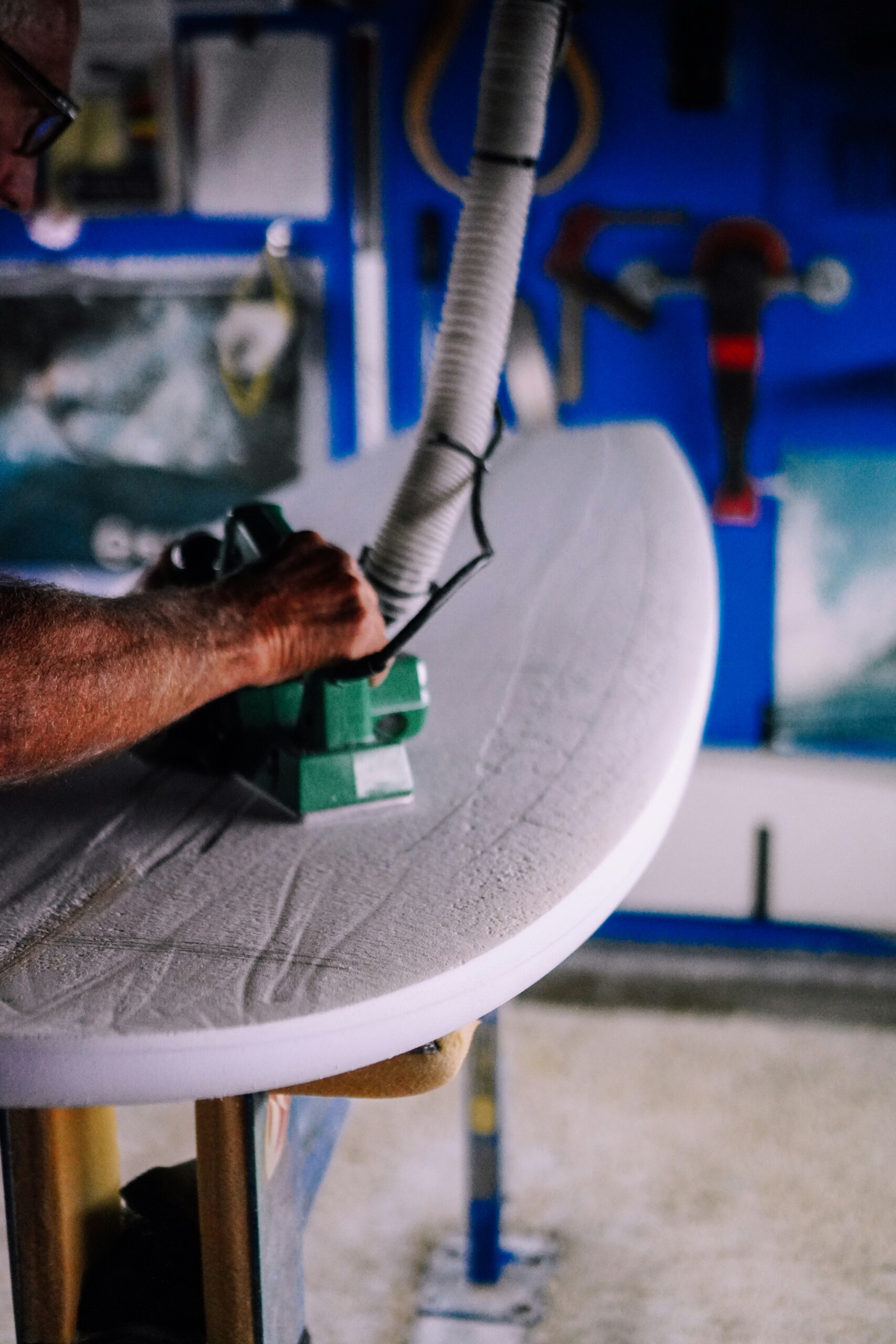Understanding Surfboard Rail Shapes:
At San Diego Surf School, we believe that understanding the intricacies of surfboard design is essential for every surfer, from beginners to seasoned veterans. One critical aspect of surfboard design is the shape of its rails. In this comprehensive guide, we’ll delve into the significance of surfboard rail shapes, exploring how they impact your surfing performance and helping you choose the perfect board for your needs.
What Are Surfboard Rails?
Surfboard rails refer to the edges of the board that run from nose to tail, shaping its profile and affecting its performance in the water. The shape and contour of these rails play a significant role in how the board interacts with waves, providing stability, control, and maneuverability.
Different Rail Shapes:
Soft Rails:
- Soft rails feature rounded edges that provide forgiveness and stability, making them ideal for beginners and small waves. These rails offer increased buoyancy and are less prone to catching or digging into the water, allowing for smoother rides and easier turns.
Hard Rails:
- Hard rails have sharper edges that offer precision and responsiveness, making them suitable for experienced surfers and larger waves. These rails provide enhanced control and maneuverability, allowing surfers to carve through turns with speed and agility.
50/50 Rails:
- 50/50 rails strike a balance between soft and hard rails, featuring a symmetrical shape with equal amounts of curve and sharpness. These versatile rails offer stability and performance across a wide range of conditions, making them popular among intermediate surfers seeking a balanced ride.
Tucked Rails:
- Tucked rails feature a concave shape that tapers towards the bottom of the board, creating a thin and streamlined profile. These rails offer reduced drag and increased speed, making them ideal for high-performance surfing and critical maneuvers in powerful waves.
Choosing the Right Rail Shape:
When selecting a surfboard, consider your skill level, riding style, and the type of waves you’ll be surfing. Beginners may benefit from softer rails for stability and forgiveness, while advanced surfers may prefer harder or tucked rails for increased performance and maneuverability.
The shape of a surfboard’s rails plays a crucial role in its performance and ride characteristics. Whether you’re gliding through gentle waves or charging down massive swells, understanding the nuances of rail shapes can help you choose the perfect board to elevate your surfing experience. At San Diego Surf School, we’re passionate about helping surfers of all levels unlock their full potential in the water. Explore our range of surfboards and join us for an unforgettable surfing adventure along the stunning shores of San Diego.











